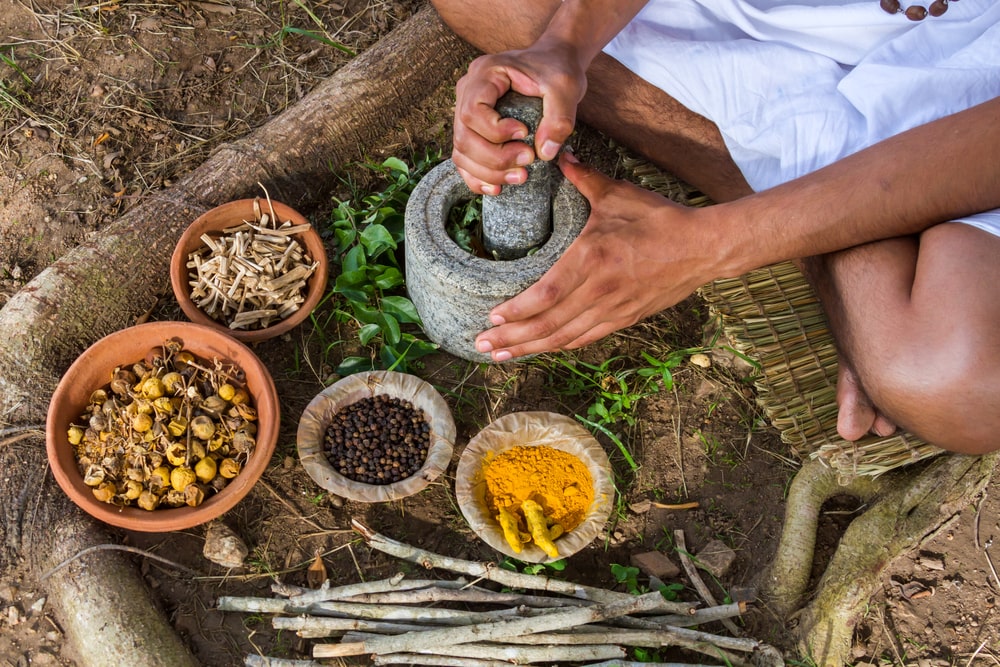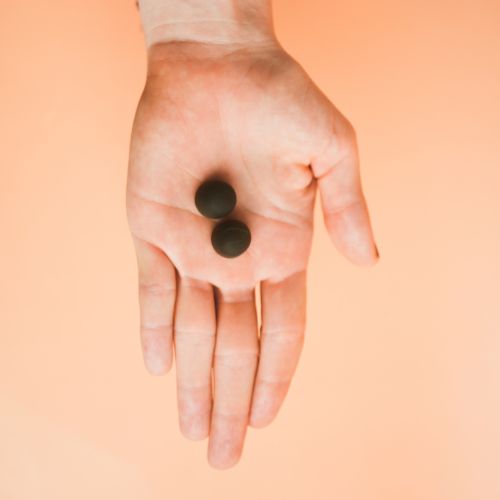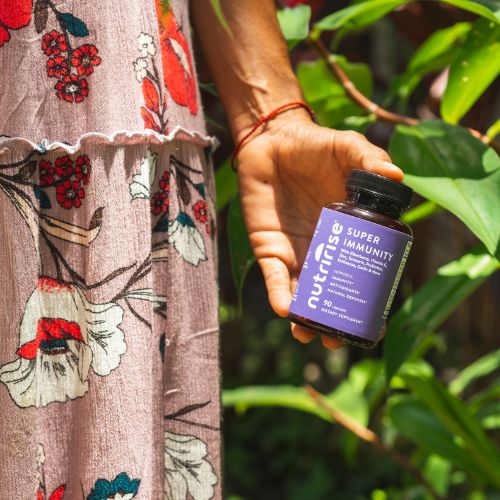Ayurveda, a 4000-year-old Indian medical system, offers a holistic approach to health, emphasizing mind, body, and spirit balance. Known for its wide range of herbal remedies like Ashwagandha and Turmeric, Ayurveda provides numerous benefits, including reduced inflammation, improved sleep, heart health, and weight management. It revolves around the balance of three energies or Doshas—Vata, Pitta, and Kapha. Each Dosha has specific balancing practices and dietary recommendations, contributing to a personalized health approach.
Ayurveda may be ancient, but its practice in modern-day life remains more valuable and relevant than ever. If you’re someone looking for a truly holistic approach to health, then Ayurveda is for you.
Ayurvedic medicine is a way of approaching life, realizing that we are a part of nature, as opposed to separate from it.
Known as the “science of life,” Ayurveda provides us with an in-depth understanding of our unique mind and body type, offering guidance to restore balance on every level of health.
By seeing the body as a whole, health is defined as not just a physical state but also the balance of mind and spirit.
Incredibly, even though Ayurvedic philosophies and treatments were developed before the onset of modern-day scientific methods, these practices have achieved incredible success, and we now have studies to back up the use of many of these traditional intervention strategies and remedies!







































